Attractions



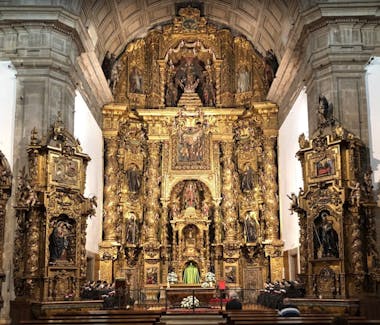

Praza do Obradoiro, s/n
Cathedral of Santiago de Compostela
The Holy Apostolic and Metropolitan Cathedral Church of Santiago de Compostela is a Temple of Catholic worship located in the homonymous city, in the center of the province of La Coruña, in Galicia (Spain). It houses what, according to tradition, is the tomb of the Apostle Santiago, which made the temple one of the main pilgrimage destinations in Europe during the Middle Ages through the so-called Camino de Santiago, a religious route that communicated the Iberian Peninsula with the rest of the continent. This was decisive for the medieval Hispanic kingdoms to participate in the cultural movements of the time; today it remains an important pilgrimage destination. A privilege granted in 1122 by Pope Callixtus II declared that they would be "Holy Year" or "Jubilee Year" in Compostela every year when July 25, the day of Santiago, coincided on a Sunday.




Praza do Obradoiro s/n
Praza do Obradoiro
Praza do Obradoiro is located in the historic center of Santiago de Compostela and surrounded by four emblematic buildings: The cathedral, the Hostal de los Reyes Católicos, the town hall and the Palacio de Fonseca. This square has that name because the workshops (obradoiros, in Galician) of the stonemasons who worked there during the construction of the cathedral were installed there, using the ample space to store the materials for its construction.


Plaza de las Platerías, Santiago de Compostela, Spain
Plaza de Platerías
The south square of the Cathedral, which owes its name to the goldsmiths' workshops located since the Middle Ages in the porticoed basements of the cloister, is dominated by the only Romanesque façade that the Cathedral conserves. In the center of the square, the Fuente de los Caballos stands against the background of the Casa del Cabildo. It is a true stone curtain barely three meters deep, erected by the architect Fernández Sarela in 1758, with the intention of closing off the square in an almost theatrical way. To your left, at the start of Rúa do Vilar, is the Casa del Deán. This 18th century house-palace was a lodging for the bishops who visited the city.




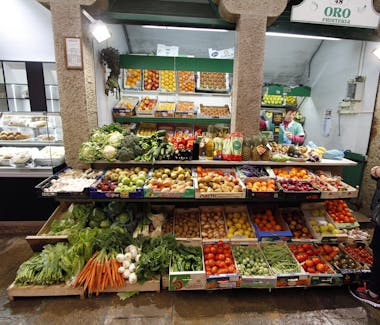




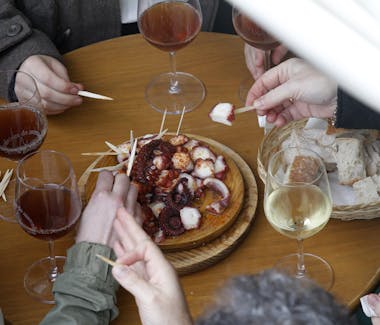
Mercado de Abastos de Santiago (Santiago de Compostela), Rúa das Ameas, Santiago de Compostela, Spain
Mercado de Abastos
It is the second most visited place in the city after the Cathedral, the Mercado de Abastos is a place to buy and to admire. With numerous stalls selling molluscs, fish, meat, cheese, fruit and vegetables, among others, it offers a wide variety of products, many of them locally produced, as well as a wide range of restaurants, located in nave 5. The market environment also offers a wide variety of gastronomic services, such as in Rúa das Ameas and Praza de Santo Agostiño, which make it a meeting point for locals and tourists.


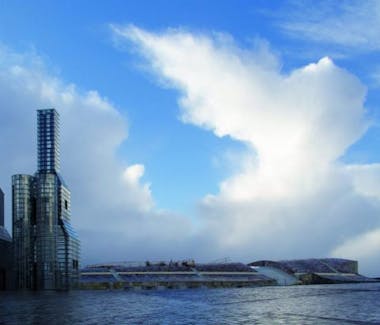

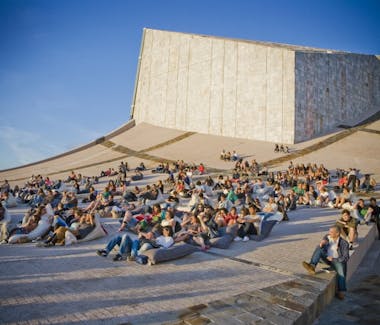
Cidade da Cultura de Galicia, Monte Gaiás, Santiago de Compostela, Spain
City of Culture
The City of Culture is one of the most interesting examples of contemporary architecture in northern Spain, a space with a powerful visual strength to enjoy creativity and nature. Designed by the North-American architect Peter Eisenman in Santiago, a World Heritage city and goal of the Way, the complex includes the Gaiás Centre Museum, the Library and Archive of Galicia, the Center for Entrepreneurship and the CINC building, dedicated to new technologies.


Rúa do Campiño de San Francisco, 3, Santiago de Compostela, Spain
Convent and Church of San Francisco
The Convent of San Francisco de Valdediós was founded by San Francisco de Asís during his visit to Santiago de Compostela in 1214, in the place of Val de Dios. The land was bought from the monks of San Martiño Pinario for the symbolic annual income of a basket of trout. The foundation, wrapped in legends, is described in an inscription on the wall of the current convent. It is said there that San Francisco commissioned its construction to a charcoal burner named Cotolay, who miraculously found a treasure with which he was able to pay for this work.
Of the original building, only five Gothic arches remain in the cloister and the tomb of Cotolay. The current Baroque temple was built between 1742 and 1749 and is of great simplicity and formal purity. Subsequently, a neoclassical reform retouched the façade, which has an image of San Francisco made by the sculptor Ferreiro.
In the atrium, the Monument to San Francisco stands out, conceived as a gigantic cruiser by the sculptor Francisco Asorey.
The cloister of the convent is from the beginning of the 17th century and is attributed to Xácome Fernández.
The Terra Santa Museum, linked to this convent, keeps objects referring to the Holy Places, as well as others from the pilgrim tradition.



Parque de la Alameda
Alameda Park
Leaving through the Porta Faxeira, one of the old gates of the missing wall, you reach the Alameda. This generic name actually encompasses three well-differentiated parts: the Paseo de la Alameda, the Carballeira ('robledal' in Galician) of Santa Susana and the Paseo de la Herradura, which together represent an area of 56 thousand square meters. The unit thus formed is, since the 19th century, one of the favorite walks of the people of Santiago, although the times are not far off when the space hosted the most typical cattle market in Galicia every Thursday. This festive heritage continues to take shape in the Ferris wheel and the stalls that populate the paths and meadows during the Ascension festivities – the sixth Thursday after Easter – or on the day of Santiago Apóstol, on July 25.
A curious sculpture by César Lombera, known as Las Dos Marías, welcomes you to the park. They represent two popular characters, sisters and seamstresses by profession, who undertook the same walk every day, wearing colorful dresses and elaborate makeup. To your right you can see, down the street, the Colegio de San Clemente, founded at the beginning of the 17th century. Behind its façade with classic lines, the Rosalía de Castro Secondary Education Institute is located.
The perimeter of the park can be walked starting, for example, from the Paseo de los Leones, which starts under the triumphal arch. There the walker runs into the Galician writer Ramón del Valle Inclán immortalized in bronze, to later reach the eucalyptus "of lovers" and admire a classic among the postcards of Compostela: the vision of the Historical Complex framed between the branches of oaks and elms.
